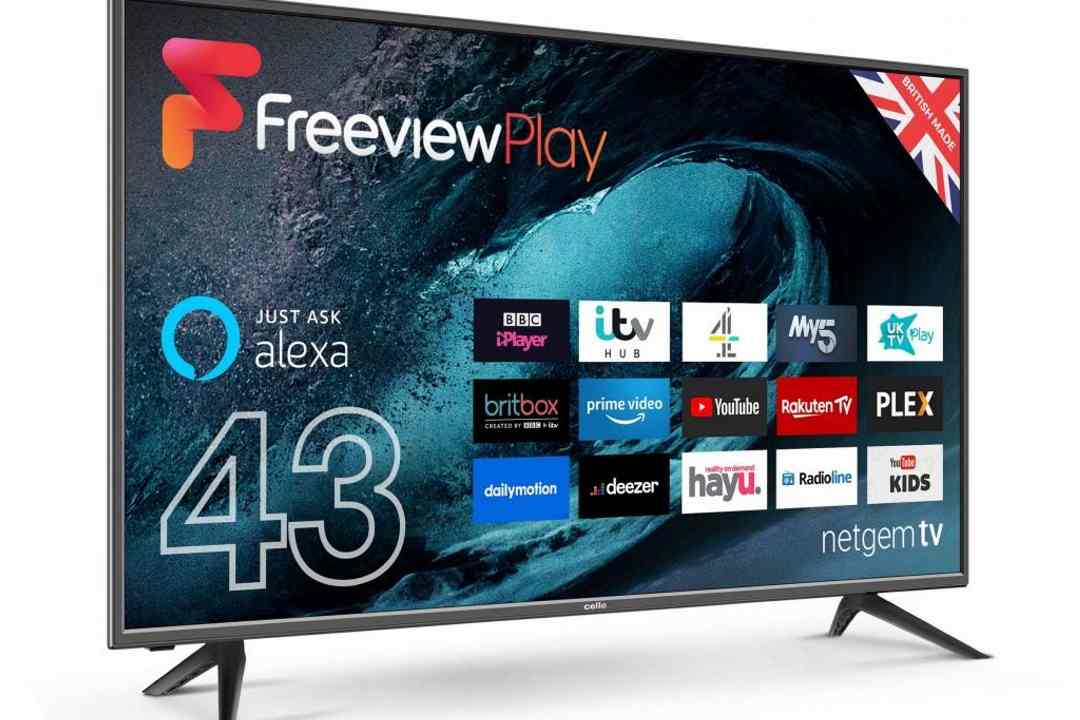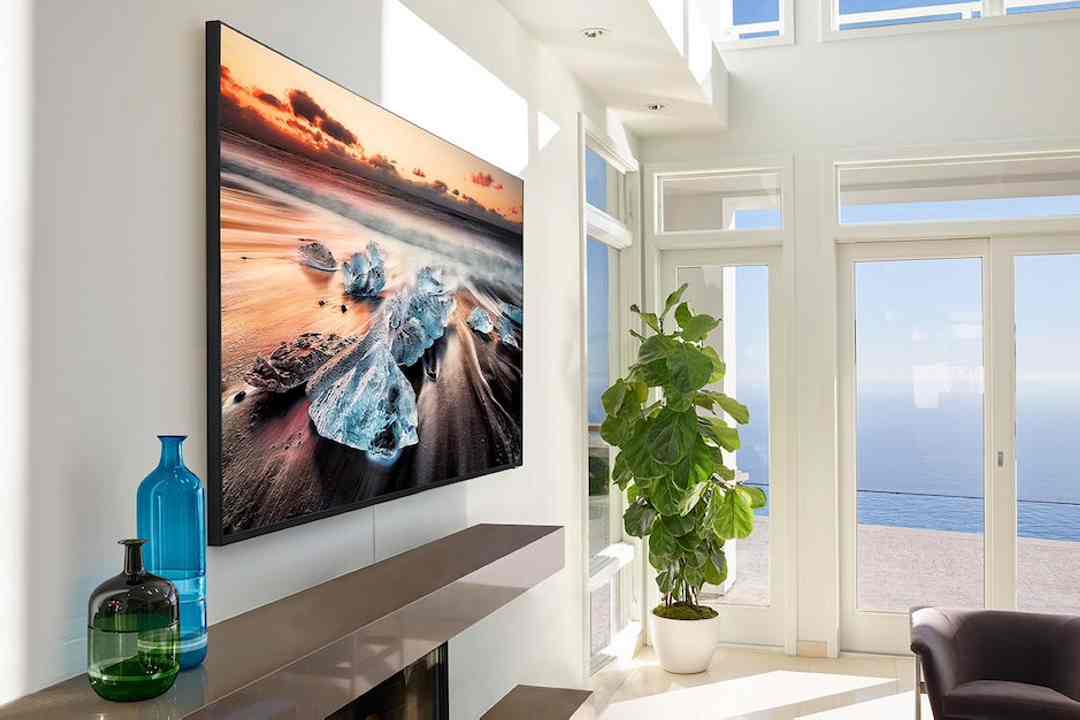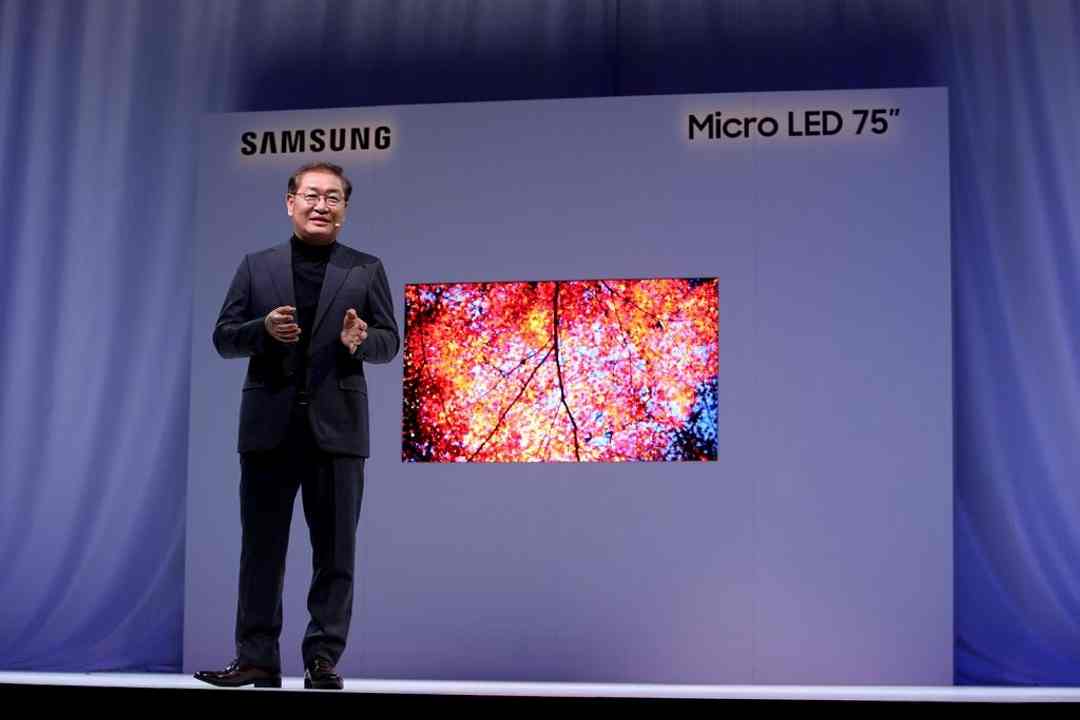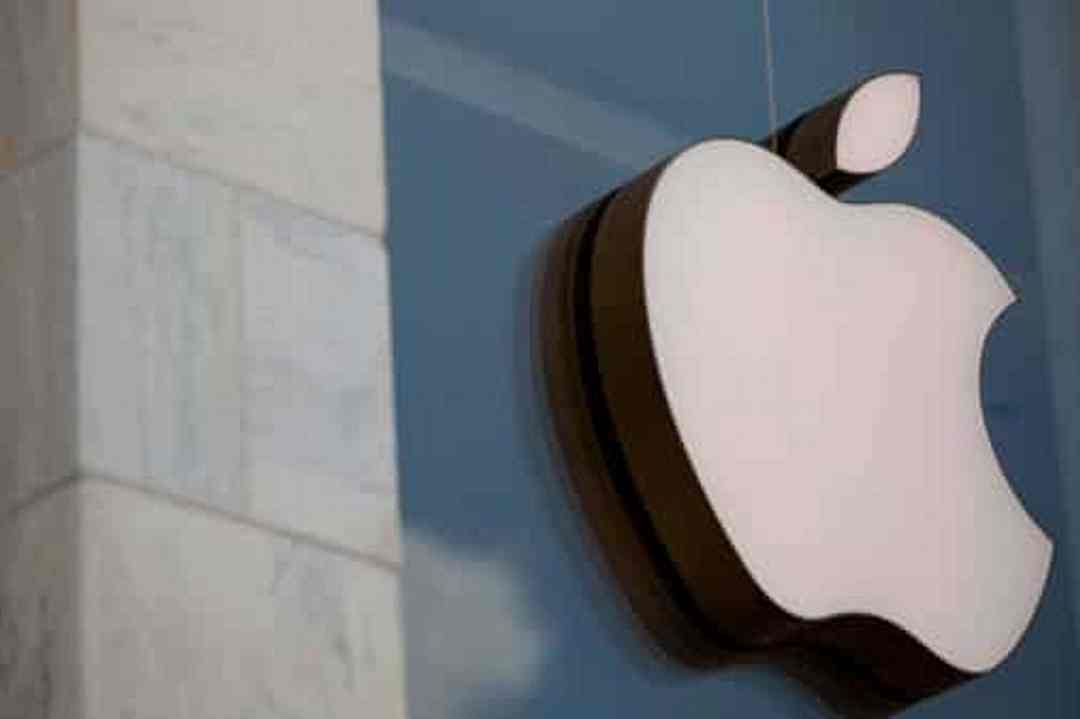
A decent 4K smart TV from Toshiba, but the UK31’s design is starting to look dated, and its performance seems to have stood still in relation to other brands
Pros
- Affordable for a 65-inch
- Dolby Vision support
- Colourful picture
- Built-in Alexa
Cons
- Middling black levels
- Average contrast and limited brightness
- Rivals offer more built-in streaming options
- Weak audio
Availability
- UKRRP: £499
- USAunavailable
- Europeunavailable
- Canadaunavailable
- Australiaunavailable
Key Features
-
AlexaAmazon’s Alexa digital assistant is built-in to the TV
-
HDRSupports Dolby Vision HDR for improved picture quality with Netflix and other compatible apps
-
Freeview PlaySupports UK catch-up apps such as BBC iPlayer, ITV Hub and All 4
Introduction
The UK31 is one of several affordable 4K TVs from Toshiba’s 2021/22 range, the model tested here is its 65-inch guise.
After a rocky start when it relaunched in the UK under the custodianship of Turkish brand Vestel, Toshiba has hit upon a consistent run of form, the last few sets have been met with four-star reviews from this very site.
But competition never stops. Roku-branded Hisense and TCL TVs have brought plenty of value to the budget TV area. Having become a leading contender in the affordable TV market, what can Toshiba do, with its 65UK3163DB, to fire back?
Design
- Plastic construction
- Low profile not conducive for soundbar placement
Déjà vu is the feeling I get from the UK31. Despite not reviewing a model from Toshiba that looks like this, I can’t shake the vibe I’ve seen this TV before.
The construction of the chassis is noticeably plastic, and just as noticeable is the chunky bezel that stripes the screen. But I’m less inclined to hold either charge against the Toshiba with any severity – its looks are function over style and most people in the price bracket aren’t likely to be concerned with the latter. While a depth of 74mm is not OLED or Mini-LED levels of slimness, it’s not massively chunky either.
If wall-mounting is not a consideration (or feasible) there’s the stand to deal, which while easy to screw in, is surprisingly heavy and brings the TV’s profile down low. It has the effect of making soundbar placement rather troublesome as there’s little clearance between the TV and the surface it’s on, allowing the IR receiver to be obscured. There have been many times where I’ve had to angle the remote down to function, and that gets irritating after a while.
The stand also sticks out in a style reminiscent of Hisense’s A7G, though not as awkward to deal with. There’s little else to talk about the appearance of the Toshiba other than to say it is feeling rather dated.
Interface
- Missing some of the bigger streaming apps
- Freeview Play integration
Toshiba offers a range of TVs with different interfaces – the UK31 uses Toshiba’s homegrown UI. Compared to an Android or Roku TV, the Toshiba UK31 doesn’t have the same reach where streaming apps are concerned.
The UI is serviceable, neatly laid out into rows of features and supporting a decent number of apps including those that fall under the umbrella of Freeview Play such as BBC iPlayer and All 4; with BritBox, TikTok, Twitch, YouTube and Deezer onboard too. You won’t get many more popular apps as the likes of Disney+ and Apple TV+ don’t have Linux compatible apps. For BT Sport, NOW and more of that ilk, you’ll need a streaming device.
The remote is the same large one Toshiba has packaged with its TVs for some time now. Buttons are well-laid out with Netflix, Prime Video and Freeview Play buttons stationed at the bottom. But there still seems to be a bug with the Home button. Press it in a video app and it brings up the audio-visual settings instead of the rows of settings and apps. Years ago, I was told it wasn’t meant to do that, but it’s still here doing exactly that. Unless, that is, it’s doing precisely what it’s meant to.
Features
- HDMI 2.0 connectivity
- Built-in Alexa assistance
- Nippy game mode
While the Toshiba UK31 doesn’t have a flotilla of apps, it is not without smarts. Alexa is built-in – although annoyingly, a notification pops up asking if you want to activate it every time the TV is powered on and can’t be turned off unless you log in to Alexa. Toshiba’s reasoning being that you’ve bought an Alexa compatible TV… because you wanted Alexa. I’m not necessarily sure that will be the case for everyone that eyes this set.
There is synchronisation with Google’s digital assistant through the ‘Ok Google’ ecosystem that connects a compatible product to the TV. With Alexa built-in you simply say her name and the TV’s microphones stand to attention.
Toshiba has also recently introduced an Ambient Screen Mode called ‘Alexa Home Screen’ for its Alexa Built-In models. This acts as a customisable screensaver feature when the TV is in standby mode, displaying information such as the time, weather and calendar events.
There’s Miracast support for beaming the screen on your mobile device to the TV in lieu of Chromecast. There’s no Bluetooth streaming either.
In terms of physical connections there are three HDMI, all of them 2.0 specification, but Auto Low Latency Mode (which automatically puts the TV into its lowest latency for gaming) is supported, as is eARC for sending lossless audio like Dolby Atmos to a compatible soundbar; but Variable Refresh Rate which syncs the frame rate of the TV with a PC or gaming console for a smoother performance isn’t.
A last word on the gaming latency, which is an improvement over other Toshiba TVs I’ve tested. Previously there was no difference when the game mode was switched on, but the UK31 offers a swift 10.3ms – fast enough for blink and you’ll miss it controller response. The picture quality could use more tuning as colours in Gran Turismo 7 are too vividly represented.
Picture quality
- Not the strongest contrast
- Average black levels
- Limited brightness
- Good SDR performance
The Toshiba UK31 comes with the full-set of Toshiba’s Tru Picture Engine features that cover motion (Tru Flow), upscaling (Tru Resolution) and contrast (Tru Micro Dimming).
Dolby Vision is supported to adapt Dolby Vision content for improved black levels and colours. Also included is the industry standard HDR10 (which all TVs must support) and HLG, primarily used for broadcasts and online streaming such as BBC iPlayer and Sky.
Picture performance is, overall, mixed. The use of an IPS panel offers decent colours at wider angles – handy for anyone watching off-centre, but blacks aren’t blacks, especially with the lights off, described with a milkiness when I moved off-axis. Night-time scenes in Netflix’s The Power of the Dog are murkily described, one scene where Benedict Cumberbatch’s Phil Burbank walks down a staircase is hard to make out details aside from the bannister, his face and hat.
The same applies to Dune (4K Blu-ray) when House Atreides come under attack from the Harkonnen forces, the silhouettes of figures are hard to discern in darker scenes. The use of a DLED panel (which has LEDs arrayed across the screen) leads to reduced contrast, the UK31 lacks the three-dimensional depth seen in premium 4K HDR TVs. That’s no surprise for a budget set, but it all leads to a flat look.
That’s further affected by the UK31’s lack of luminance – 343 nits is the most it can muster in its Natural picture mode. Dolby Vision refines colours and adds a cinematic sheen, but highlights don’t stand out, reinforcing that flatness.
Cinema mode is a little too brown for my liking, exacerbating some odd green and red flesh tones in characters’ faces in Amazon’s Jack Reacher adaptation (it also appears on my Sony OLED, so it must be the programme’s encoding).
Sticking with the Amazon show and testing Toshiba’s Tru Flow motion processing, and it struggles once Reacher starts dealing out punishment hard and fast in the prison washroom fight, with pixelation and blurriness evident. In this instance I preferred the scene with the processing off – it certainly gains more fidelity in the process.
With a Blu-ray of The Matrix playing, motion is better resolved suggesting the Toshiba’s motion isn’t as slick with streaming. As Trinity escapes the agents in the opening scene, the Tru Flow conducts its work in a stable manner – aside from some blurriness, judder and the slight unreality motion often presents, it’s a smooth performer.
It’s the upscaling that poses a few issues. The colour performance in SDR (standard definition range) displays natural colours, consistent with other Toshiba TVs I’ve tested, with a nice punch to colours in Pacific Rim on Blu-ray. However, edges are softly described, and every now and then there appears to be what looks like noise visible in the characters’ faces. Turning Noise Reduction on didn’t rectify this.
This IPS screen plays better in brighter rooms (blacks are certainly helped), and performance is not much different from the UL20 or U29. However, that highlights the feeling the UK31 isn’t a notable step forward in the picture department.
Sound quality
- Lacks scale
- Decent vocal clarity
- Weak Atmos performance
The Toshiba UK31’s downfiring speaker produces a flat, un-dynamic sound. Scenes in Pacific Rim that see kaiju against jaeger lack size and scale, leading to an unexciting performance.
Voices are treated with clarity, at least, and there are a few modes to play around with in Smart (which emphasises voices), News (which reduces music and other sounds) and Surround mode (which offers a slightly bigger soundstage if left on), but the first two modes produce an echo effect as if people were speaking in a chamber.
Watching Alita: Battle Angel in Atmos and the film sounds a little cold and compact. Bass is lacking, as expected, and voices tread on being overly sharp, the overall presentation cramped rather than the expansive soundfield Atmos is noted for. A soundbar would elevate the performance on tap.
Latest deals
Should you buy it?
£499 for a 65-inch is good value: The price should likely appeal to those after a big-screen TV that doesn’t cost a fortune and comes with a good smattering of smarts
Other TVs offer more value: The Hisense Roku 65-inch costs the same and bundles in more features, with its OS frequently updated. It doesn’t support Dolby Vision, however.
Final Thoughts
The Toshiba UK31 hasn’t taken a big enough step forward, with other TV brands in this budget space boasting a better feature set – the 65-inch Hisense Roku A7200G is available for the same price and is a better value-priced buy.
The picture performance is limited by a lack of brightness and contrast along with a sound performance that’s below par. The Toshiba UK31 is a decent effort, but it’s standing still where others have forged onwards.
Trusted Score
How we test
We test every televisions we review thoroughly over an extended period of time. We use industry standard tests to compare features properly. We’ll always tell you what we find. We never, ever, accept money to review a product.
Find out more about how we test in our ethics policy.
Tested for three weeks
Tested with industry calibration discs and benchmark tests
Tested with real world use







